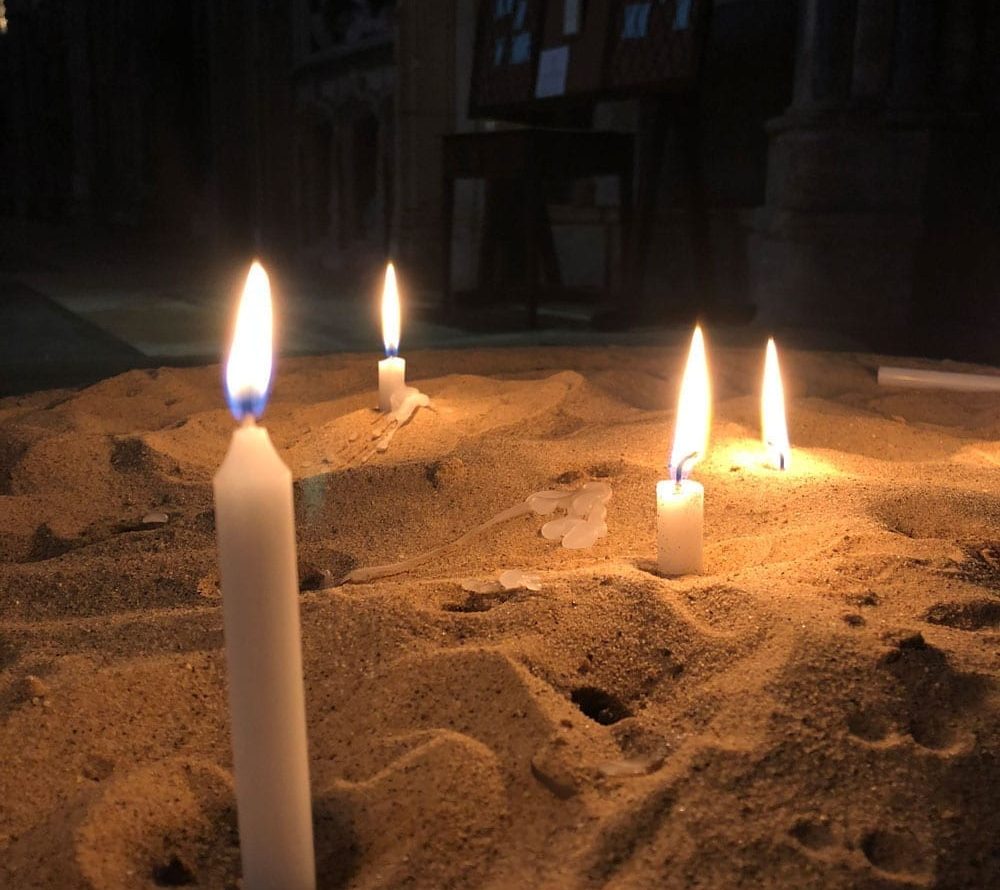Hi, I'm currently in third year studying MChem Chemistry for Drug Discovery and Development. I am passionate about science , LGBTQ+ rights and swimming too.

Shrove Tuesday, known to many as pancake day has been around for centuries but what is the true meaning behind it and what traditions do we still keep today?
Why “Shrove” Tuesday?
The word ‘shrove’ comes from the old Roman Catholic practice of being ‘shriven’ meaning to confess your sins. The shriving bell would be rung on Shrove Tuesday to call people to church to confess and is still rung in many churches around the world on the day each year. Confession was required on Shrove Tuesday so that lent (the time of fasting before Easter) could be started with a clean slate by spiritually wiping everything clean and making a new start with God.
When is it?
Shrove Tuesday always falls 47 days before Easter Sunday, so the date varies from year to year and falls between February 3 and March 9. In 2021 Shrove Tuesday will fall on February 16th. It is not a religious day or feast in the calendar of the church but is instead a cultural celebration. It is always the day before ash Wednesday which marks the start of lent.
How was it celebrated and how is it celebrated now?
As Shrove Tuesday is the day before 40 days of fasting/food restrictions begin, people would clear the cupboards of everything they could not eat during lent and use it up so that the temptation is removed. Traditionally during lent Christians went vegetarian and had a strict austere diet without any treats or luxuries. This is to remind them how Jesus went into the desert for 40 days, fasting and praying and being tempted by the devil. Fasting during lent reminds Christians that they need to lean on God for help, rather than on chocolate, alcohol or other human made things.
Pancakes were an easy and tasty way to use up eggs flour and sugar hence the name many people recognise now – pancake day. Christians today still give up meat or other foods during Lent, they still do penance and give to charity or help their neighbours as part of their Lenten journey of renewal, and of course, they still eat pancakes!
Pancake races are a common way of celebrating Shrove Tuesday with your community but did you know that the tradition dates back to 1445! Legend has it that a local woman from Olney in Buckinghamshire heard the shriving bell while she was making pancakes and ran to the church in her apron, still holding her frying pan. 576 years later the tradition continues in Olney and all over the globe.
Shrove Tuesday around the world:
Sweden – In Sweden it is called Fettisdagen (Fat Tuesday). They eat a round bun with the middle part scooped out and replaced with marzipan and whipped cream. The top of the bun is placed back on and then sprinkled with icing sugar.
France – In France it is called Mardi Gras (Fat Tuesday). The name Fat Tuesday arises from the ancient tradition of parading a fat ox through Paris on the day to remind people that they were not allowed to eat meat during Lent. For the Mardi Gras Carnival people dress up in disguise and put on crazy and elaborate masks.
Ukraine, Russia and Belarus – These countries do not specifically celebrate Shrove Tuesday, but instead Maslenitsa (Crepe week) which is a festival that lasts the whole week immediately before Lent. They eat special sweet and savoury crepes.
Thank you to Helen Townsend our Catholic Chaplain for giving me some insightful information that I used for this post. I hope you have enjoyed learning a little more about the origins of Shrove Tuesday and how it is celebrated in the U.K and around the world. Let us know how you celebrate by tagging us on social media @uolstudentlife.
- Topics
- Arts & Culture
- History
- Lent
- Pancake day






